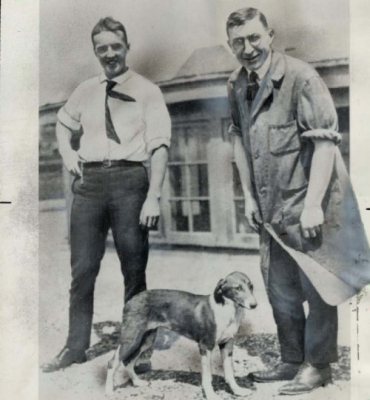
On 27 July 1921, Canadian scientists Frederick Banting and Charles Best successfully isolated insulin for the first time at the University of Toronto. In 1923, 32-year-old Banting received the Nobel Prize for Medicine and remains the youngest Nobel laureate in Physiology/ Medicine.
A Canadian scientist, Banting’s interest in diabetes stemmed from his school days when a classmate had died of the disorder. In 1989 a ‘flame of hope’ was lit at Sir Fredrick Banting Square in Ontario as a tribute to him and all those who have lost their lives to diabetes. The flame will remain lit until a cure for diabetes is found.
Plans were quickly underway for an insulin treatment for people. Next, they extracted insulin from the pancreases of cattle from slaughterhouses. On January 11, 1922, 14-year-old Leonard Thompson became the first person to receive an insulin injection as treatment for diabetes. The first caused an allergic reaction. A refined process was quickly developed to improve the cow pancreas from which the insulin was derived, and Thompson’s second dosage was successfully delivered twelve days later on January 23. The teenager’s condition improved dramatically. Diabetes, which had been regarded as a fatal disease, could finally be managed!
By 1923, insulin had become widely available in mass production, and Banting and Macleod were awarded the Nobel Prize in medicine. Charles Best, being a graduate student, was not included. Banting recognized Best’s involvement by sharing the award money.
Credit : UMass Memorial Health
Picture Credit : Google




